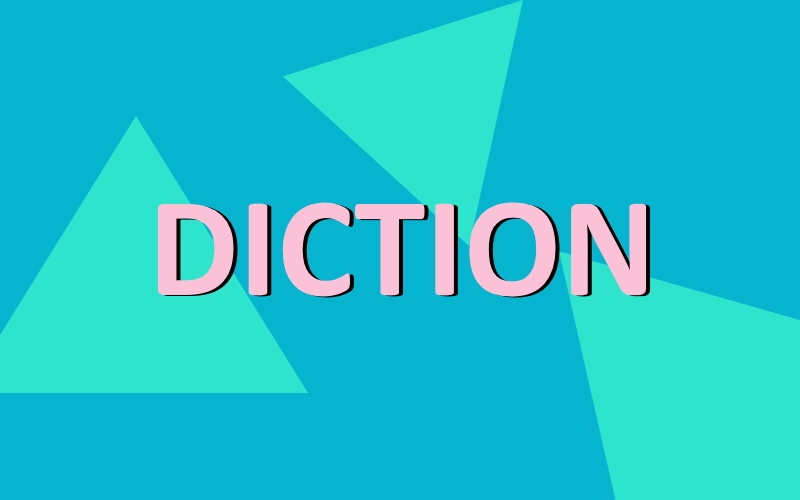Language is the means through which the writer conveys their message in written work. It implies the order of words, emphasis, and diction or word choice. Hence, language defines the other aspects of writing, helping portray a specific tone or structure.
In that case, your choice of language in written work depends on your target audience, the complexity of your message, and your understanding of the topic of interest. You will have to use formal language when writing papers for your professor or compiling reflections at the end of the course.
You must analyze your audience’s ability to decipher the message based on your chosen words and your writing structure. Besides, language is used to deliver a point, argue, reason, or direct. Thus, the most common types of languages in writing differ based on the target audience and intended purpose of writing.
If you are writing to a secret audience, you might consider incorporating hidden messages and using technical terms. As a result, argot and technical languages are best suited. On the other hand, informal writing is best when writing letters to friends and family.
7 Types of Diction in Writing
1. Formal language
This is perhaps the most common writing language globally. This type of writing is common in professional and academic writing. Often, people use it for directives and to communicate specific details. As a result, it is characterized by strict grammatical and punctuation rules.
Formal writing demonstrates the highest skills in writing, making it the primary language in fast essay writing services like FastEssay. Any quick essay writer must utilize formal language to demonstrate their professionalism and ability to complete original and quality documents.
2. Informal language
Informal language is a casual writing style without strict grammatical rules and tone. It is characterized by colloquial diction, slang, and a pedestrian approach. The writer does not need any exceptional writing skills to utilize informal language.
Instead, a relaxed tone is sufficient, with no order, structure, or proper syntax. You can even use contractions and incorporate personal conversations in the text, provided the details fit the context of your message. Informal language is most commonly used on social media platforms.
3. Colloquial or natural language
Colloquialism is a contextual style of casual communication specific to a region or group of people. It is a functional style of communication deemed suitable by a social group. As a result, the colloquial English language has unique terms and word variations whose meanings may differ between groups.
You can only use colloquial language when communicating with friends in a suitable context. This style reflects your everyday conversation with accents and slang from your region. This is the most common writing language on social networks. It allows people to engage in casual conversations with peers.
4. Technical language
Technical language is one of the most common types of language in writing. It adopts a pedantic diction with big, uncommon words. This style is audience-specific as it entails jargon that may be limited by profession. You can even use acronyms and contractions only your target audience can decipher.
Thus, technical language may appear arrogant. You should only use technical language when communicating with a knowledgeable audience or when no formal words can replace the technical terms. Students sometimes use technical language to write essays in specific disciplines like medicine and programming.
5. Literary language
Literary language is also one of the most common types of language used in writing. It adopts an abstract diction, creating fictional dimensions of reality. It is most commonly used in literary works such as novels and poems. You can identify this language in almost every creative work.
Sometimes, literary language reflects the characteristics of formal writing and some aspects of informal writing. A literary writer can maintain a professional tone and share specific details without upsetting grammatical rules. Creativity can imply developing fictional terms, characters, and sentence structures in other cases. The abstract diction is most effective in poetry and music writing.
6. Pidgin Language
Sometimes, a writer can combine different types of language in writing to communicate a message to two distinct cultural audiences. In such cases, finding common phrases between two languages may be an effective way of structuring communication. A pidgin language develops from interactions between two distinctive languages.
It’s often a temporary language with grammatically simplified terms and diction. It enables communication in cases of a language barrier. Pidgin languages help promote integration and diversity.
7. Creole language
When the pidgin language develops into a unique language with natives and distinctive norms, it becomes Creole. It usually stems from relatable language choices, allowing newer generations to adopt the most appropriate one in a diverse community. As a result, the subsequent generations of pidgin speakers become Creole natives. The Creole language may be used when communicating with this group.
Different Types of Languages in Writing Based on the Writer’s Intention
Persuasive language
English writing is mostly purposive, with a specific intention. When the writer’s objective is to persuade their audience to accept a given perspective, they use persuasive language. This implies selective, relatable, and convincing words. Persuasive language also incorporates evidence, with logos as the main form of rhetoric. The writer appeals to the reader’s logic, providing reliable and viable reasons to convince them.
Descriptive language
Descriptive language is intentional and direct. The writer utilizes concrete diction with facts and unambiguous terms. Since the objective of the communication is to describe an event or object, the writer must use specific terms that direct the reader’s attention to the object. You must avoid abstract phrases, jargon, and slang. Instead, select simple words with no contrasting or confusing meanings.
Argot language
Argot language conceals messages and limits access to a specific audience. It utilizes in-group language styles to prevent outsiders from understanding the information. Hence, the writer uses uncommon vocabulary and distinct phrases. You can also use ambiguous words whose meanings are open to misinterpretation.
Argot language conveys highly sensitive information, making it common in criminal enterprises and secretive government agencies. Argot embodies creativity, creating room for an adaptive generation of phrases and words. As a result, it is used by secret societies to prevent surveillance.
Writing as a Language
Writing is an essential tool for human communication, enabling the transmission and preservation of knowledge. Different cultures also store their cultural norms and traditions in papers and share information through written messages. This enables the audience to decipher the messages, emotions, and experiences quickly.
Thus, writing in itself is a general language with various branches defined by the tone, context, purpose, and target audience. Your chosen writing language is only a means to help you convey your message.

Arslan Hussain, founder of The Different Languages, is an experienced translator passionate about languages and cultures. Through his website, he shares his knowledge and love for different languages, making learning accessible and enjoyable.


